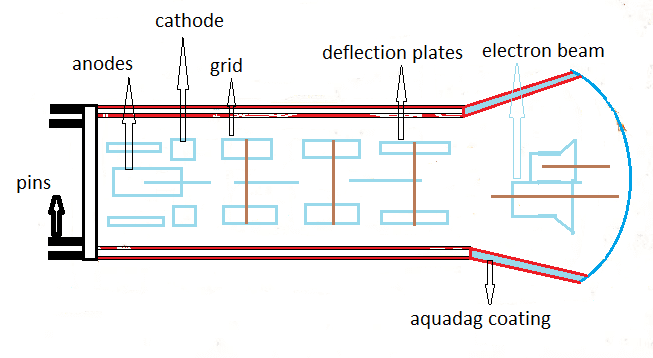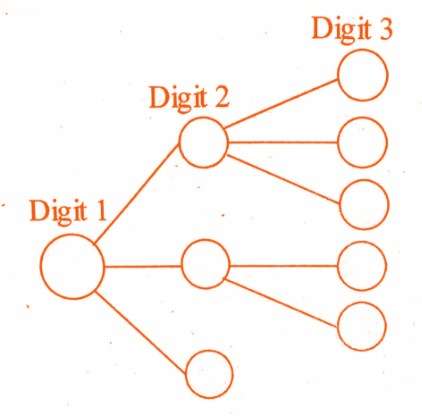3D solid modeling is the process of creating three-dimensional models of objects using specialized software tools. Solid models represent an object in three dimensions, which means they provide a more accurate representation of the object’s physical properties than 2D models. Solid modeling is an essential tool in the design and manufacturing industries and is used extensively in fields such as aerospace, automotive, architecture, and engineering.
Solid modeling methods involve creating a 3D model by defining the boundaries of the object’s shape. There are several methods used for 3D solid modeling, including:
- Extrusion: Extrusion is the process of creating a 3D object by pushing a 2D shape through a plane. This method is commonly used for creating objects such as pipes and tubes.
- Revolution: Revolution is the process of creating a 3D object by rotating a 2D shape around an axis. This method is commonly used for creating objects such as bolts and screws.
- Lofting: Lofting is the process of creating a 3D object by blending two or more 2D shapes together. This method is commonly used for creating complex shapes such as car bodies and aircraft wings.
- Sweep: Sweep is the process of creating a 3D object by moving a 2D shape along a path. This method is commonly used for creating objects such as handles and rails.
- Boolean operations: Boolean operations involve combining or subtracting two or more 3D objects to create a new object. This method is commonly used for creating complex shapes such as molds and dies.
To create a 3D solid model, a designer must use specialized software tools, such as computer-aided design (CAD) software. CAD software allows designers to create 3D models of objects using a range of tools and techniques. The software provides a range of features, such as the ability to manipulate objects in three dimensions, apply materials and textures to objects, and create realistic renderings of objects.
Solid modeling is an important part of the design and manufacturing process. By creating a 3D solid model of an object, designers can accurately visualize the object’s form, fit, and function before it is manufactured. This helps to reduce the risk of errors during the manufacturing process and ensures that the final product meets the required specifications.
In addition to its use in the design and manufacturing industries, solid modeling is also used in other areas such as medical imaging and entertainment. Medical professionals use 3D solid models to visualize the internal structures of the body, while animators use 3D solid models to create realistic characters and environments for movies and video games.
Overall, 3D solid modeling is an essential tool in many industries, and the demand for skilled 3D modelers and designers is increasing. A career in 3D modeling can be a rewarding and challenging profession, requiring a combination of artistic and technical skills, as well as proficiency in specialized software tools.




